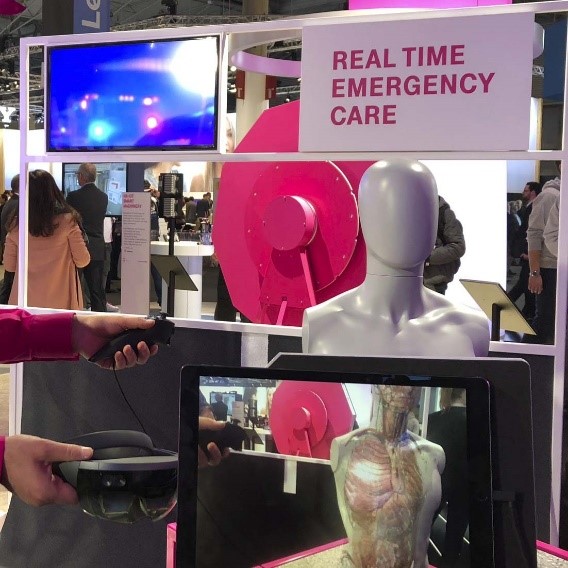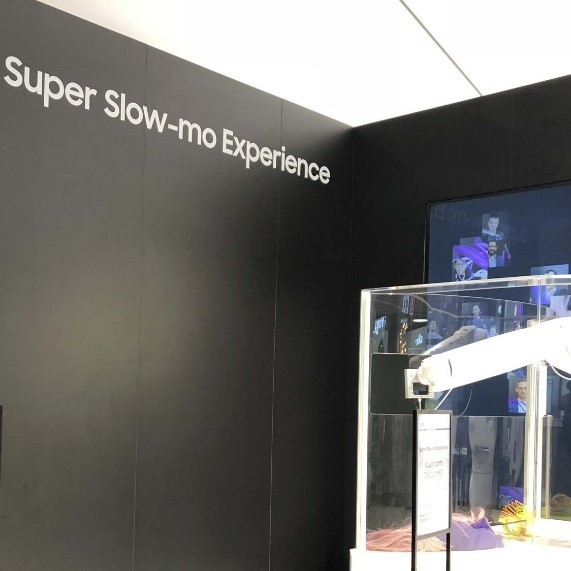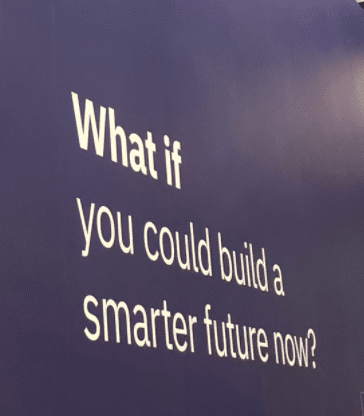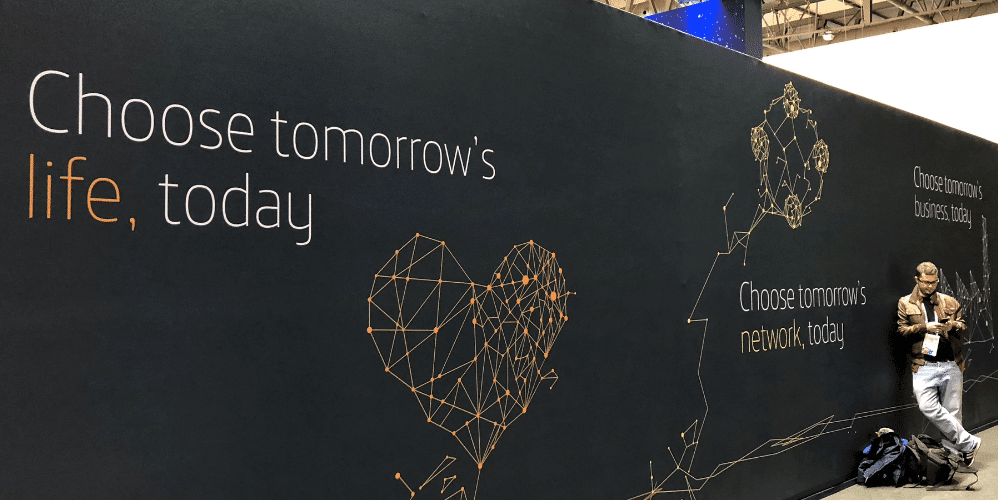Top 7 Trends at Mobile World Congress 2018
“5G”, “ecosystem”, “edge compute”, “NOW!” As I walked the halls of Mobile World Congress 2018, these were among the most common words vendors used to attract attention to their booths. (There were also some more surprising themes, like “the Internet of Cows” which I’ll explain…) But they all represent deeper messages and the top trends in today’s mobile world.
Without further ado, here’s the top 7 trends I saw at Mobile World Congress 2018 in Barcelona:
#1 5G Everywhere! And it’s “Perfect!”
5G continues to dominate the conversations as the promise of 5G is going to have a far-reaching impact on data. However, what’s changed from previous Mobile World Congress events is that companies no longer tout that they’re “5G Ready”; instead it’s all about having perfected 5G or even being “Beyond 5G”!
What does it mean to have perfected 5G? Demonstrating their 5G prototype products for real world use cases is quite an effective way to help visitors see the potential benefits 5G can bring. One mobile provider, used 5G and AR to demonstrate how emergency crew and nearby medical staff can provide real-time accurate diagnosis for precision care. Beyond healthcare, some showed off their 5G concept cars for commercial applications with a personal touch.
#2 AI, ML, AR, VR still hot, but more than you think…enabling the Internet of Cows???
As industry analyst Bob O’Donnell shared in his recent blog, artificial intelligence (AI) adds new levels of “smarts” to devices, bringing data to life. This too was evident at Mobile World Congress 2018 with AI, machine learning (ML), augmented reality (AR) and virtual reality (VR) demos at every turn showing new applications. Evidently, a new take on AI versus that of the past was demonstrated in scenarios that use AI to help improve productivity, longevity, efficiency and response times that impact the food chain.
An amusing term overheard at the show was “the Internet of Cows” which is all about the decreasing population of farmers in Japan and how technologies like AI can assist in meeting the daily nutritional needs of its population. While there are less farmers (and fertile land!), the fields of agriculture, aquaculture, mariculture and raising livestock can turn to AI to collect data and monitor the health of the soil, water, air, temperature of these environments. Sensors are used to collect data, which is then analyzed to help optimize the production, longevity and health of the living creatures (cows, fish, plants, etc.) we rely on for our nutrition. AI and ML can help maintain the balance of these ecosystems using sensors that farmers, fishers, etc. can access using their smartphones.
Speaking of ecosystems, as I made my way to the tapas bar for lunch, I couldn’t help but notice how many vendor booths featured partners in their respective type of “ecosystem”!
#3 You’re not legit without an ecosystem
It used to be that vendors would solely showcase their own products, but this year at Mobile World Congress 2018, many exhibitors were proudly promoting their ecosystems in their booths. For example, a smartphone provider’s booth included 3rd party headsets, AR and VR glasses, wearable devices, accessories, cases, software, etc. to show how a complete ecosystem would be required to get the most out of a smartphone. Talking about taking a whole village to raise a child! For example, the previously mentioned emergency care app demo included such pieces as the 5G router provider and the AR/VR technologies that enable remote mobile care.
We shared our Western Digital booth with ecosystem partners both at Mobile World Congress and at Embedded World the same week. In addition to 12 smartphones, tablet and compute devices from leading global manufacturers, home automation devices were on display for the first time at #MWC18. At #eW18, we prominently featured 14 design platforms built by manufacturers and installers who showed the applications they built leveraging embedded storage early in their product development cycle. Applications ranged from point-of-sale to digital clusters in an autonomous vehicle to surveillance cameras and more!
#4 …or a brand association
As we’ve seen at many recent shows, like CES or Automotive World Japan, the automotive industry with today’s connected cars on the road to autonomy, gets a lot of attention. There were displays of autonomous vehicles at #MWC18 and even more prominent was the number of exhibitors who described themselves with brand associations that related to cars. Whether it was speed, performance, quality, high-end, or the fluency of design, or even the actual automotive brand name, brand associations that related to the top names in automotive ranked as high as including ecosystems in vendor booths!
#5 Smartphones – it’s all about the photos
Not surprisingly, the most talked about mobile device today is the smartphone, and at #MWC18 the emphasis was definitely on photography and beyond. It was no longer about the highest resolution, but about how some smartphone takes extreme photos that other smartphones cannot. The top smartphone photography apps on display were: 1) taking awesome pictures in low-light conditions – how you can take photos at night or in dark places without using the flash but still result in better photos; 2) Super slow-motion – capturing pictures at say 960 frame per second as opposed to 240 frames per second, which requires larger capacities for data, a trend Jackie Bao talked about in her recent blog on trends in Mobile. 3) 3D – smartphone camera capabilities have bypassed the daily norm and users are increasingly able to take 3D photos and share them on social media.
#6 Edge compute – no longer about the cloud
Mobile devices live at the edge, so it’s no surprise that “Edge Compute” was all over the show as well. It’s no longer about the cloud now that edge computing enables more analysis at the edge, in some cases eliminating the need to send information to the cloud at all! In the past, the cloud was analogous to the human brain, where data was sent for storage and processing. Sensors at the edge were analogous to your skin, eyes, ears, etc. collecting sensory data and sending it to the brain. Today sensors at the edge capture information and analyze data right on the device. You may be monitoring your health with a wearable on your wrist. It tracks your steps, heart rate, and vitals, and processes all of that on the device. You may or may not need to send it to the cloud at that point since it’s already been analyzed, digested and filtered at the edge. This frees up the cloud, or “brain”, for other workloads and doesn’t clog bandwidth, thus increasing efficiency.#7 In the “Now!” at Mobile World Congress 2018
Finally, most of the signage at Mobile World Congress 2018 included the word “Now!” or “Today!”, emphasizing that these solutions are available today. You could build tomorrow, NOW! Or share photos NOW! The underlying message many exhibitors tried to convey was that you don’t have to wait for better solutions because they’re already here today. Future proof your applications with solutions TODAY.








